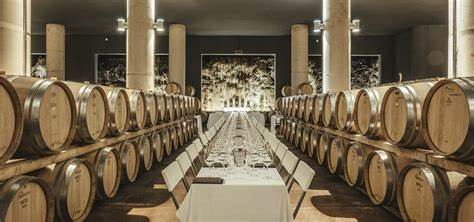
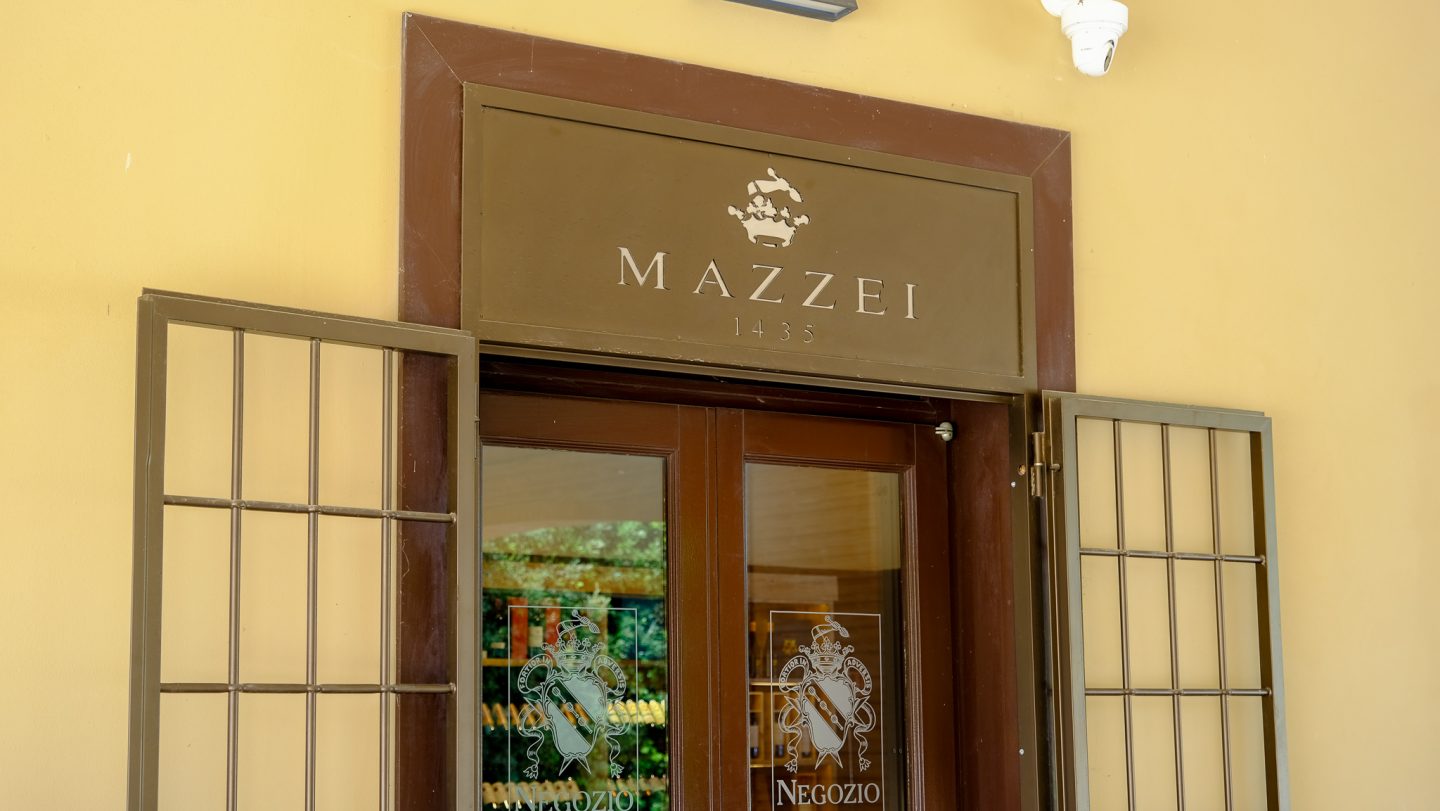
The trend in recent decades has undoubtedly been towards Sangiovese, enabled by the increasing clonal quality of native varieties in Italy, and it shows no sign of slowing down. As interest in Bordeaux has faded among younger drinkers, varieties like Cabernet Sauvignon and Merlot have been talked down in the Chianti Classico hills by a generation of producers more interested in talking about Sangiovese.
For many observers, it’s obvious what should happen next: growers should ditch the internationals and focus exclusively on Sangiovese, alongside small amounts of Canaiolo, Colorino and other native or historical blending partners. But, as H.L. Mencken wrote in 1920: “For every complex problem, there is a solution that is simple, neat and wrong.”
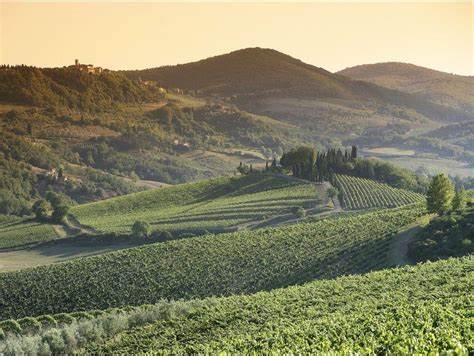
2. An Argument at the Dining Table — The Birth of Siepi
The truth about Merlot
The truth is that Merlot can make exceptional wines in the hills of Chianti Classico. Firm traditionalists might regret that it was ever allowed to, but few wines demonstrate its outright quality better than Castello di Fonterutoli’s Siepi, a 50/50 Sangiovese/Merlot blend first produced in 1992 by the Mazzei family of Castellina.
At a recent tasting at Petersham Nurseries in Covent Garden, hosted by Giovanni Mazzei, it seemed undeniable by even the staunchest nativist that Merlot works here, and not just that: it works with Sangiovese as an equal partner and, in certain vintages, can be nothing short of outstanding.
Siepi was conceived at the dinner table, appropriately enough in a region where food remains central – although mindful to the poverty of the past, with its unsalted bread, thrifty cured hams and bulky ribollita.
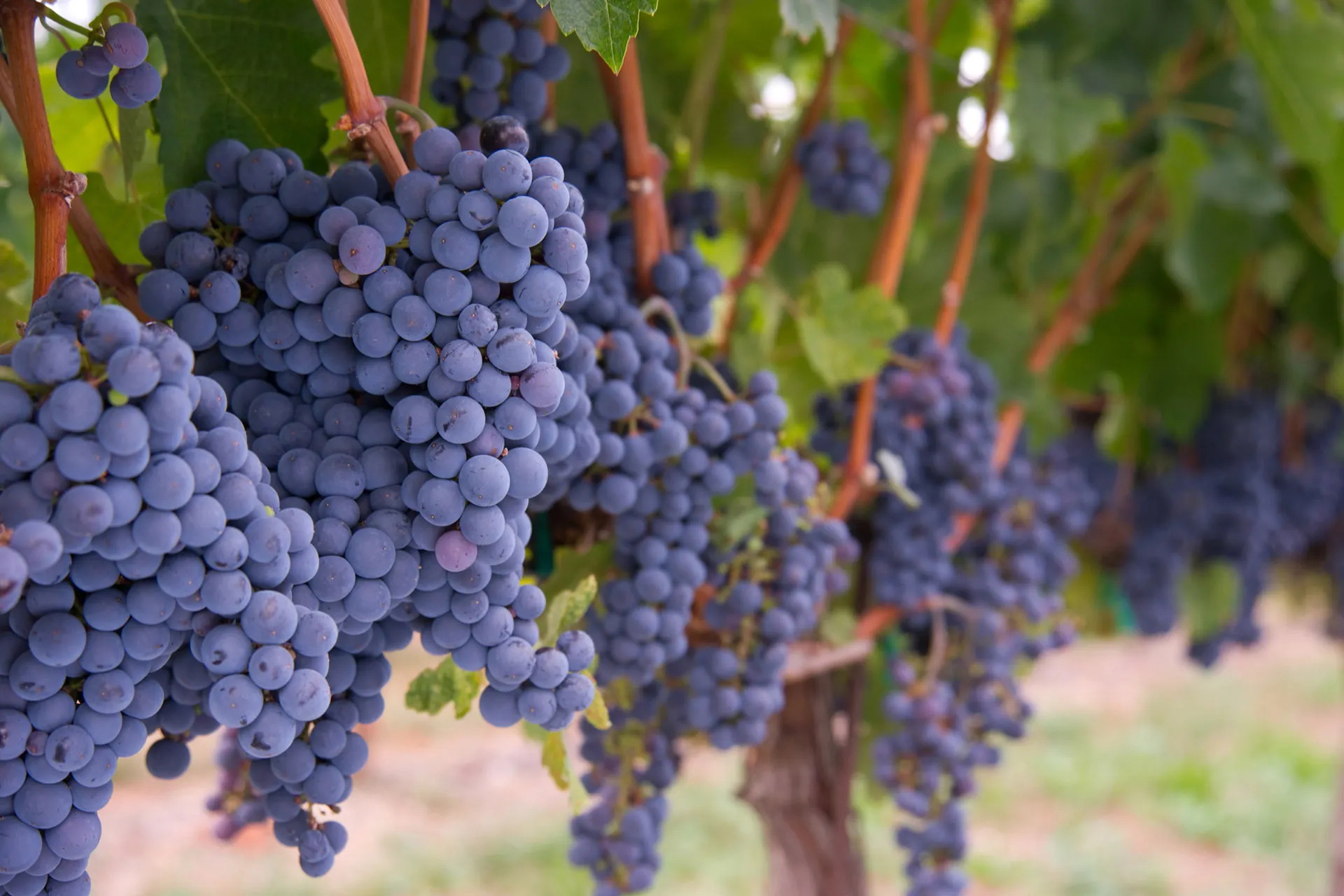
As Giovanni Mazzei tells it:
“In 1985 we had a bitter winter which killed off many trees, and we had the opportunity to replant part of the vineyard that would become Siepi, which was originally 1.5 hectares of Sangiovese. At the time, Sangiovese, of course, was expanding its culture in the '80s, leading up to the revolution of the late ‘90s, and, of course, there was a desire to plant something high quality. So, we definitely could have planted more Sangiovese.”
“But the desire to experiment was strong and the French nurseries were able to supply great quality selections [of French varieties] at a time when many Italian nurseries were selling poor clones of Sangiovese.
The Argument at the Dining Table
“We bought a selection of Merlot and we made a decision to plant a certain biotype. After a few years, the grapes coming out were demonstrating that the location was ideal for Merlot thanks to the combination of blue clay and calcareous alberese, which gives the wine a lot of blueberries and blackberries and makes it very fruit-driven and dynamic.”
“Then the negotiation started in the family over many dinners, and some lunches. What's the plan? Only Merlot? Or Merlot and Sangiovese? The younger part of the family wanted it to be all Merlot, while my grandfather insisted we keep a good percentage of Sangiovese. As is often the case, truth sits in the middle, so they decided to go for 50-50. It was a good decision.”
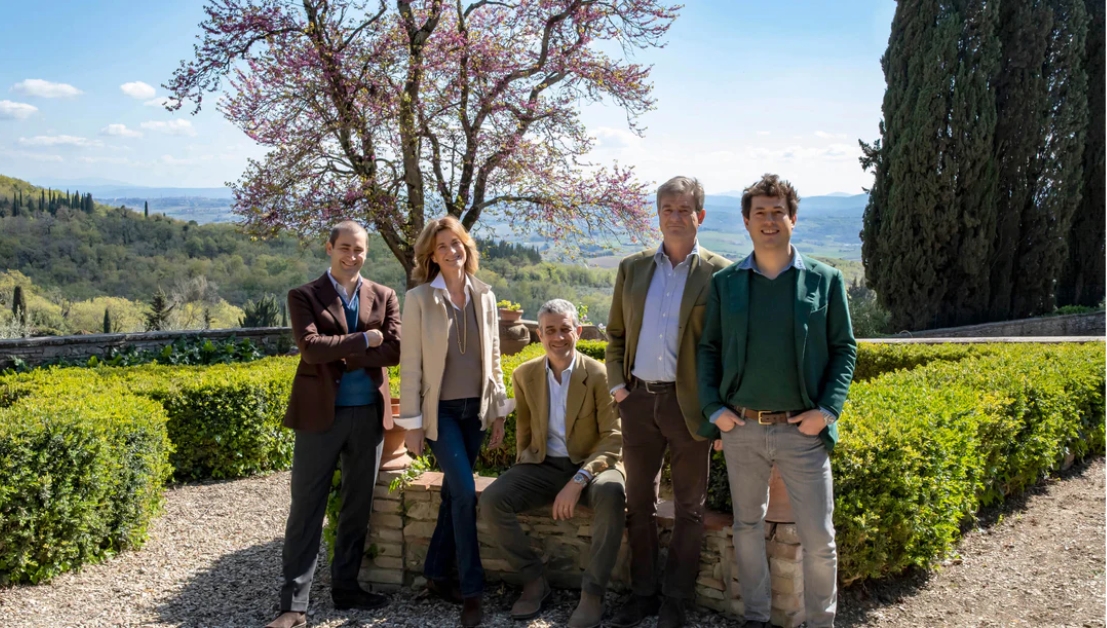
Far from being a typical blockbuster, Siepi is an elusive wine, speaking in one vintage more with the international accent of Merlot, in another with the territorial dialect of Sangiovese. But the greatest vintages, such as 2019, are the ones where both voices harmonise, and the wine shifts in the glass, complex and resisting simplistic judgements and varietal clichés.
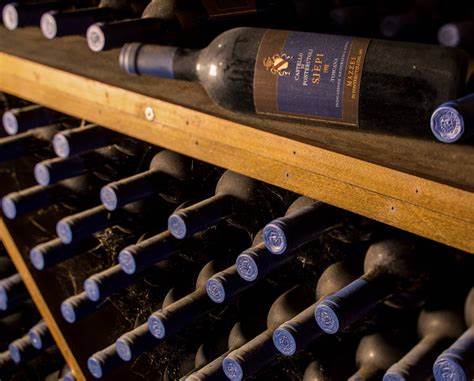
3. Siepi in the Process of "Evolution"
A recent vertical tasting with Giovanni Mazzei – the 25th generation of the Mazzei wine dynasty and the group’s export director – helped demonstrate the great strides that have been made over the last few years to make Siepi more accessible in its youth, while also dialling back the oak for a more elegant character to suit contemporary tastes.
Giovanni explained that although the 50/50 blend of Sangiovese and Merlot at the heart of Siepi has remained the same since 1992, there have been other important changes, both in the vineyard and in the cellar.
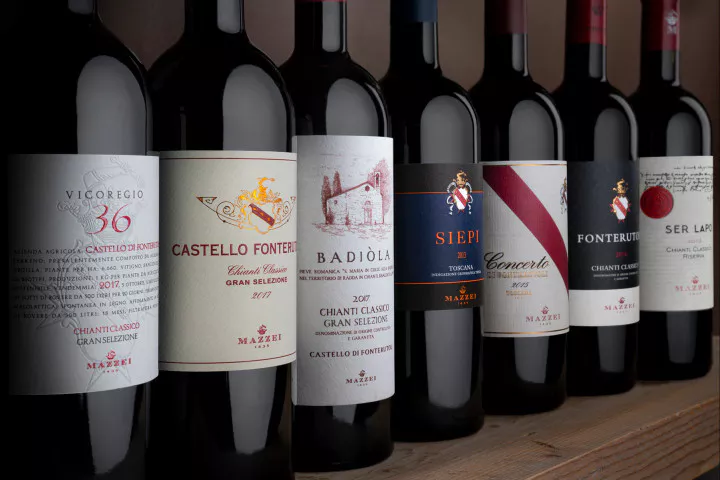
The vineyard has been farmed organically since 2006, and occassional anti-fungal treatments consist of no more than sulphur and copper. Organic fertiliser is used in conjunction with cover crops, of which fava beans in particular help to release nitrogen into the soil – important for the health of the vines and the quality of the grapes.
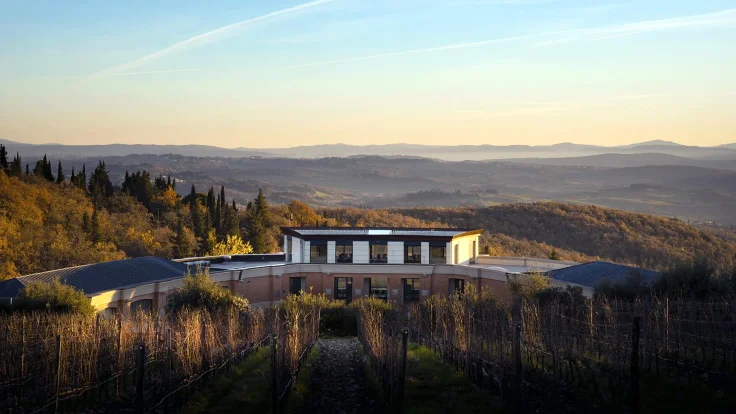
Since 2018, Siepi has been the product of a stricter vineyard selection and since 2019, a new optical selector has been employed to tighten up quality control even further.
‘Between 2007 and 2012, there was a big change in elegance,’ said Giovanni, explaining that 2007 was the first vintage made in the new gravity-fed cellar, which allowed for improvements to the wine.Parcels are today fermented individually in 100hl tapered oak vats using indigenous yeasts. Submerged-cap fermentation was introduced for the Sangiovese in 2018 – an important step towards Siepi’s more elegant character in the most recent vintages.
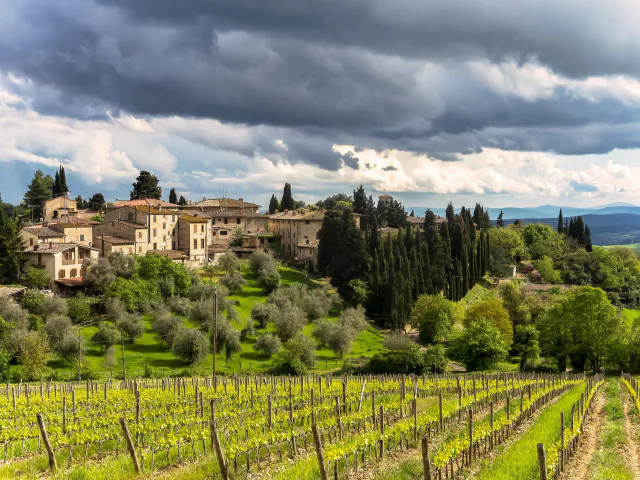
Tweaking the oak
After fermentation is complete, the Sangiovese is racked to untoasted tonneaux, treated with steam to open the pores and then heated over a large convection oven to achieve a toasted quality without the overt charring a naked flame creates. This is another recent change, as previously both the the Merlot and the Sangiovese were racked to lightly-toasted barriques.
The oak barrels have always been sourced from a wide variety of tonnelleries, yet while the amount of new oak has remained the same (around 70%), more Austrian oak and less French oak have been selected since the 2019 vintage, in order to give a less pronounced but still complex oak character.The wines mature for around 17 months before final assemblage, after which Siepi spends four months in concrete vats before bottling, an additional step introduced for the first time with the 2016 vintage.
